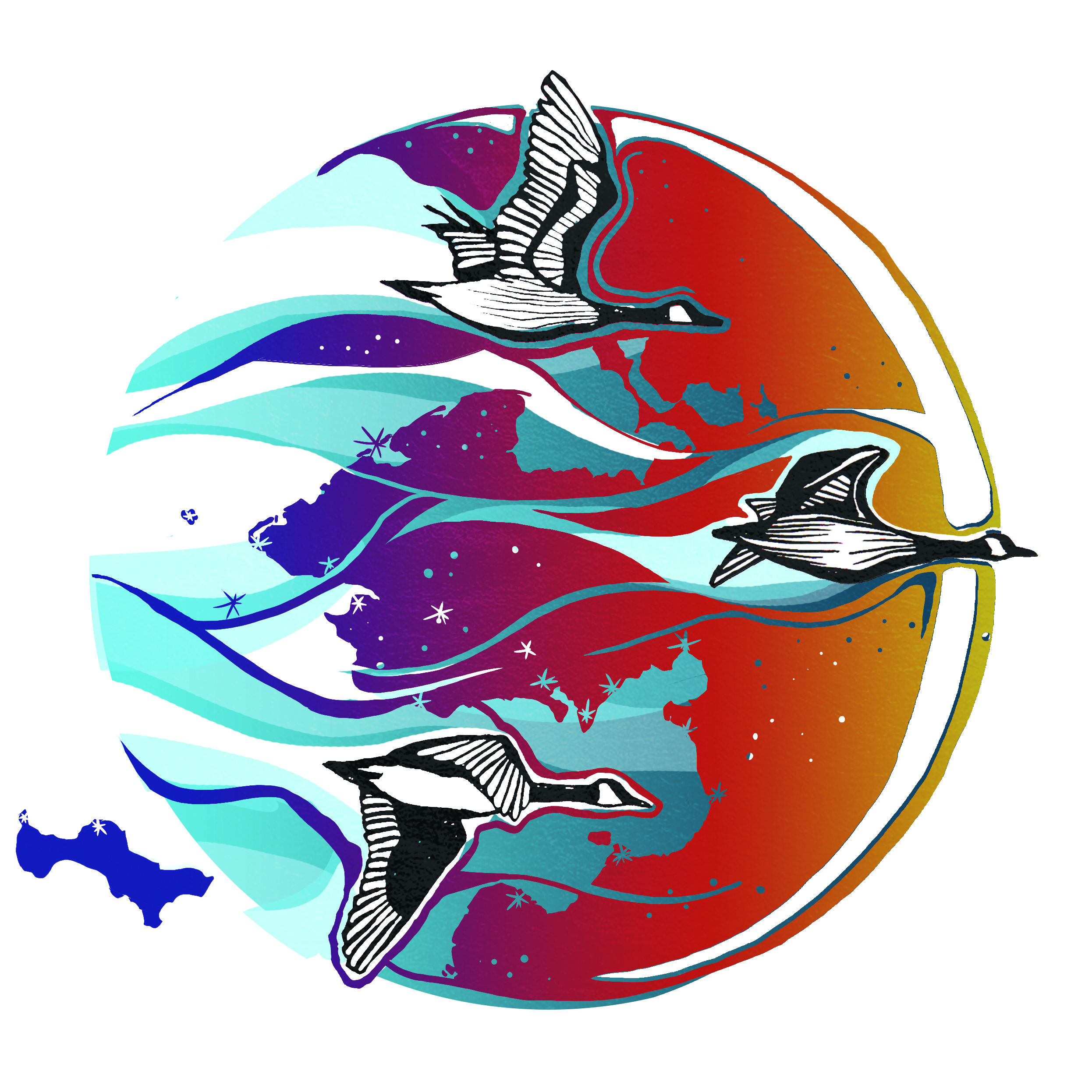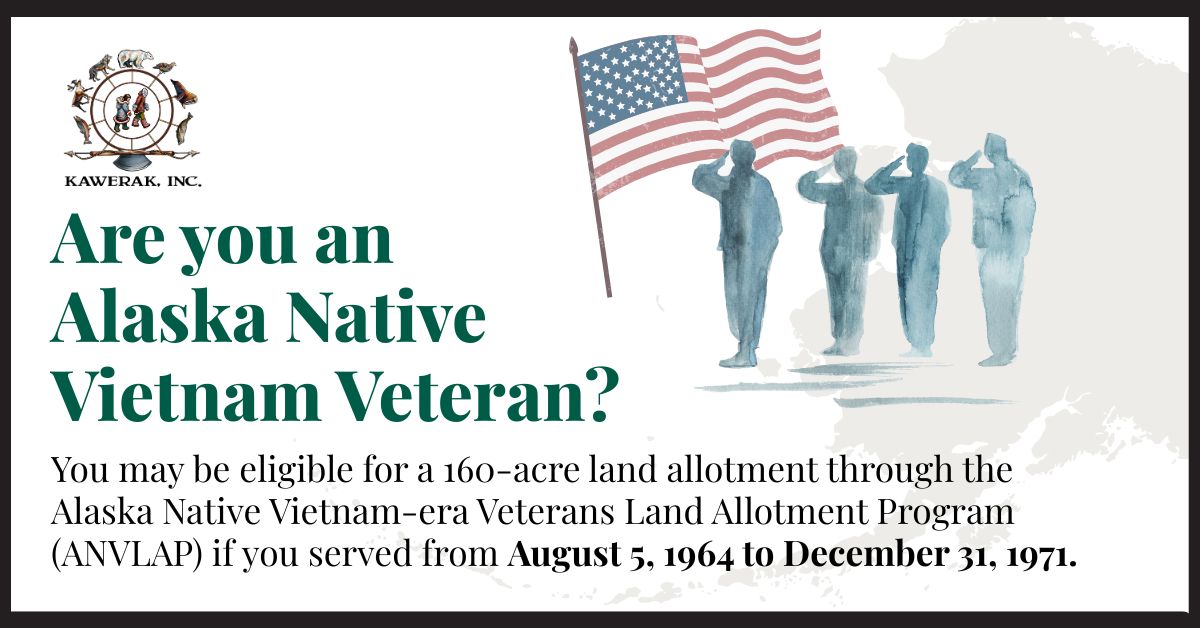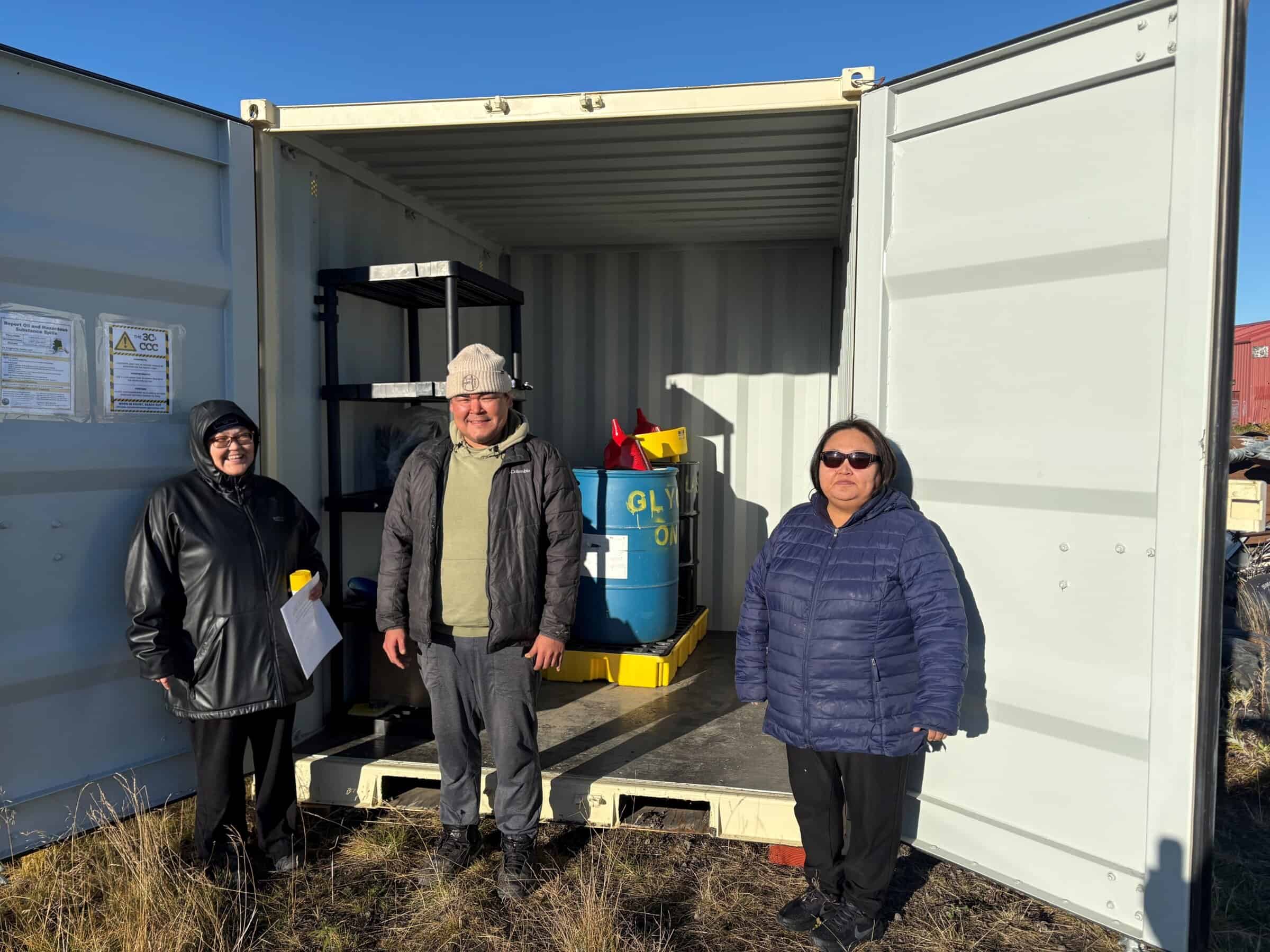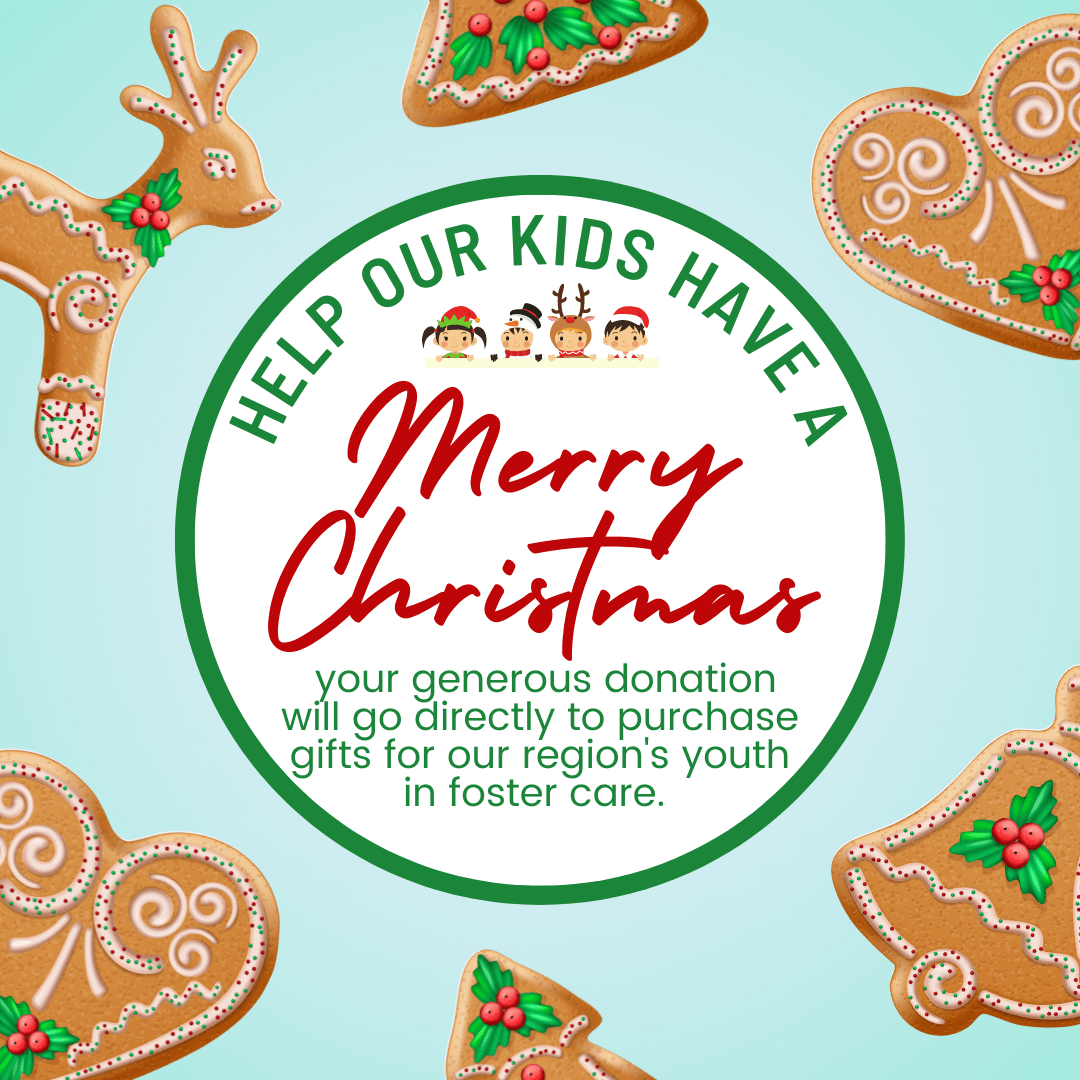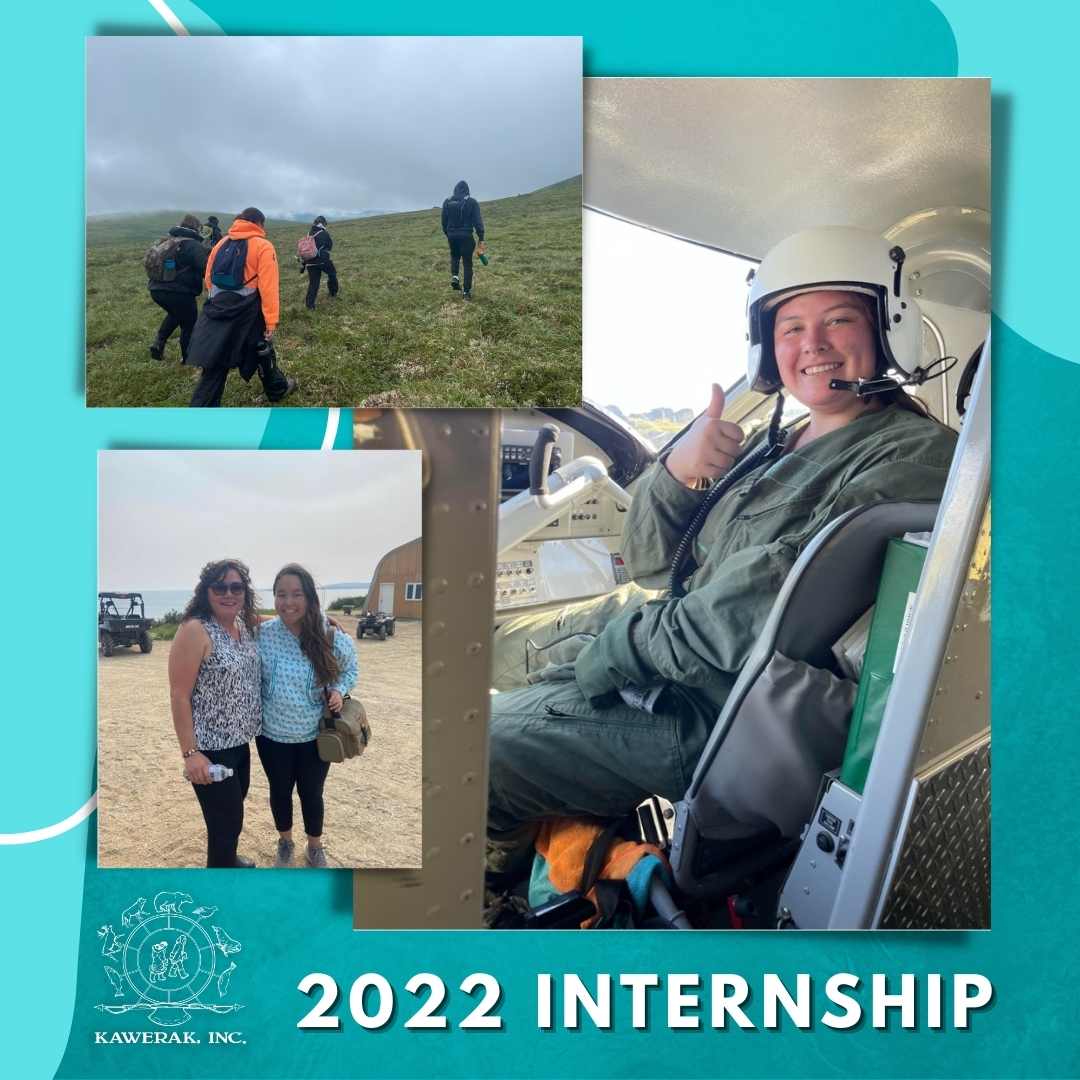Leaders from every community in the Bering Strait flew to Nome to gather in solidarity for the first annual Kawerak Leadership Conference. The conference, held October 3-6 2016, was the first of it’s kind for our region. The conference also hosted a Youth Track for youth in the region. Because community leadership from the city, tribe and corporation don’t have many opportunities to collaborate in a structured, supportive environment, the Kawerak Board of Directors envisioned this gathering to foster teamwork and cooperation in and between our villages.
Keynote Ayyu Jorie Paoli of Unalakleet working for First Alaskan’s Institute set the tone on Day 1 with powerful discourse, acknowledging the profound trauma in Alaska Native history and its impact on relationships and families. “It brought back memories that were instilled way back in my head,” reflected St Michael Elder Charlie Fitka Jr. “When the diseases killed off our people, a lot of the people were orphans. They didn’t know how, they had no parents, they had no one teaching them. They raised us up without knowing how to be parents or their own history. Then boarding schools came around and we went out of our villages and into a different world. When we came back we didn’t know how to act because we were now ‘civilized’ I guess, and it really put us apart from our way of life. We were lost again with no real upbringing because we were away from our folks at the time that we should have been with our parents to learn how to live.” Staff from Katirvik Cultural Center also offered insights on historical trauma and Alaska Native History during a breakout session to follow the personal research and story of Ayyu.
Ayyu’s moving speech also emphasized the tremendous power the past gives us as Alaska Native people to realize our power and affect change in our environment. “It opened my eyes to know that I have strength,” said Puniskshuk, Lucy Oquillik representing Mary’s Igloo Traditional Council. “I’m hoping to use these tools in my community that I learned. Everyone has strengths and we need to let people know they can use those strengths to help their community.”’
Additional breakout sessions included advocacy and tribal government, tribal courts, and cultural community-based prevention strategies. Youth Susan Hoogendorn of Koyuk felt that cultural gatherings would help students connect with one another and support one another. “I would take back cultural values like dancing and language,” said Hoogendorn. “I would like to bring more youth and kids in my town together for dancing. It’s best to continue (gathering youth) because there has been suicides from youth.” Her comments echo Fitka’s sentiment regarding the trauma from cultural displacement, “Our young kids are kind of lost because they don’t understand where they came from and what we went through. They want to find their own identity.”
The youth attended the summit and participated in their own sessions through coordination and support from Kawerak Wellness. Youth learned how to be a resource for their peers, met with Lieutenant Governor Byron Mallot. and shared important qualities about having healthy relationships with the Native Youth Sexual Health Network.
The gathering of course didn’t just stick to sessions during the day; to celebrate the guests in town and highlight our culture, evening social activities planned included a kuspuk runway fashion show, a showing of the film “We Breathe Again” and of course a community potluck gathering complete with dancing by dance groups from around the region. Dance groups included the Nome St. Lawrence Island Dancers, Teller Dancers, Stebbins Dancers, King Island Dancers and Savoonga Dancers.
The event was so successful and valued by the communities it is the hope that Kawerak is able to make it an annual event and continue connecting, sharing ideas, communicating challenges and brainstorming solutions.
(Logo design by Alaska artist Sarah Glaser)

